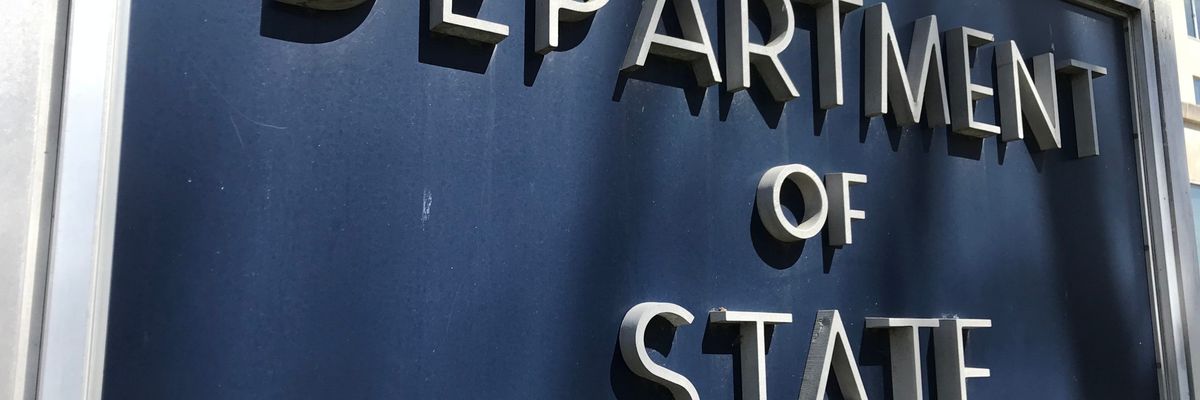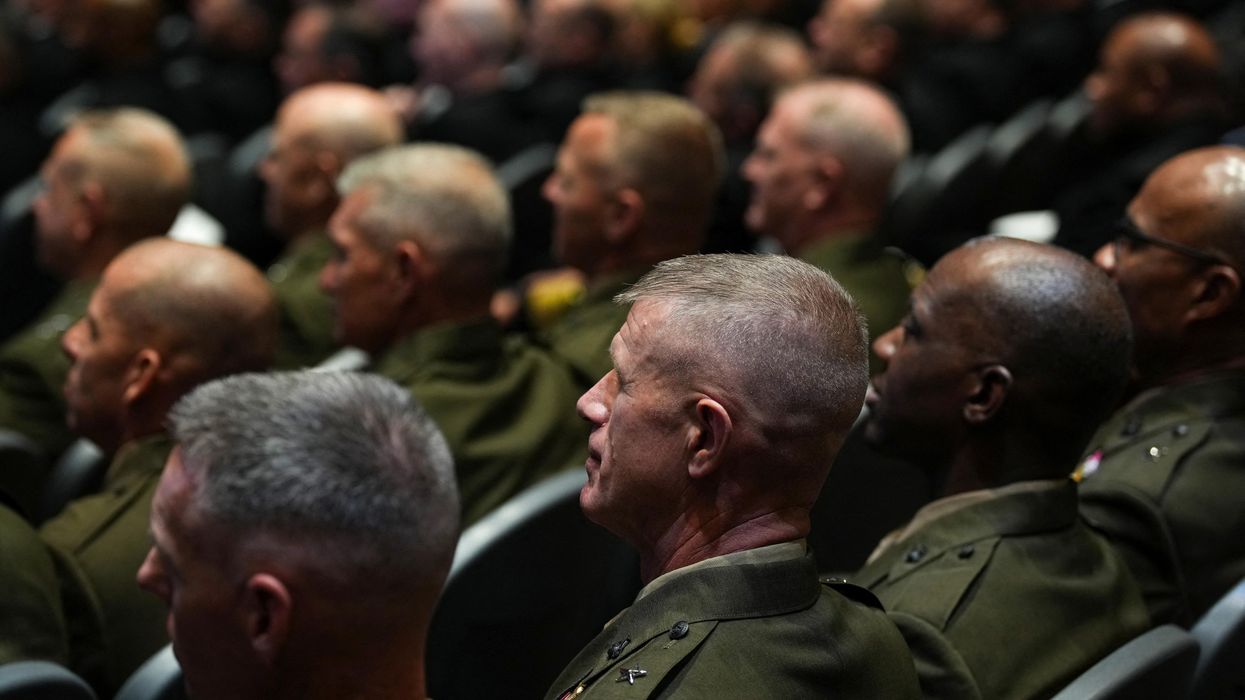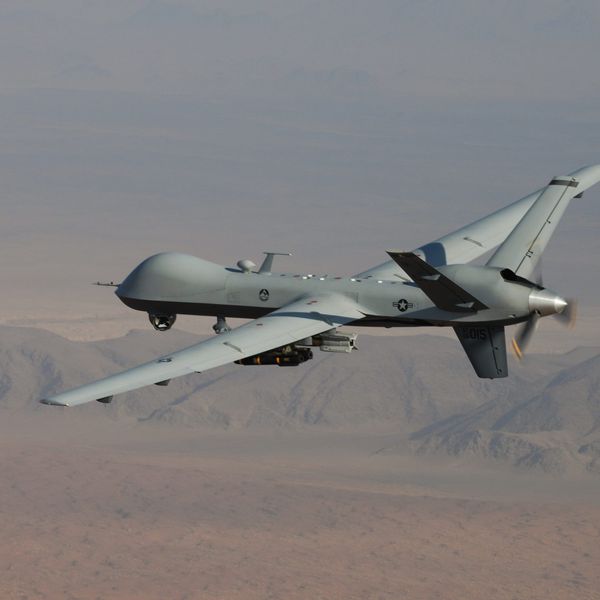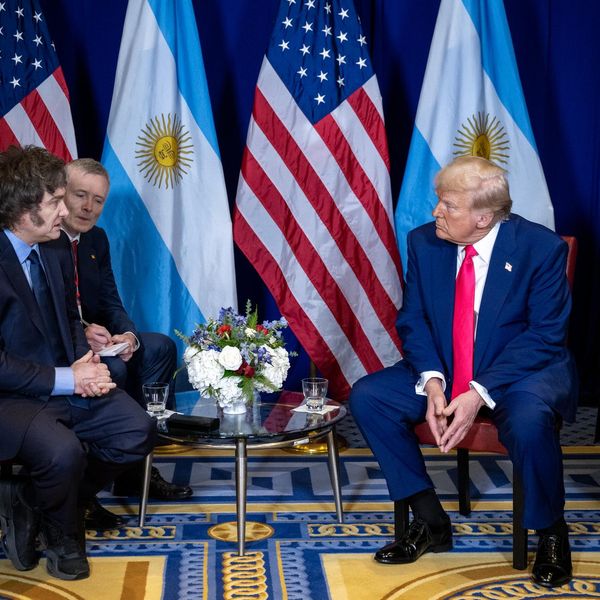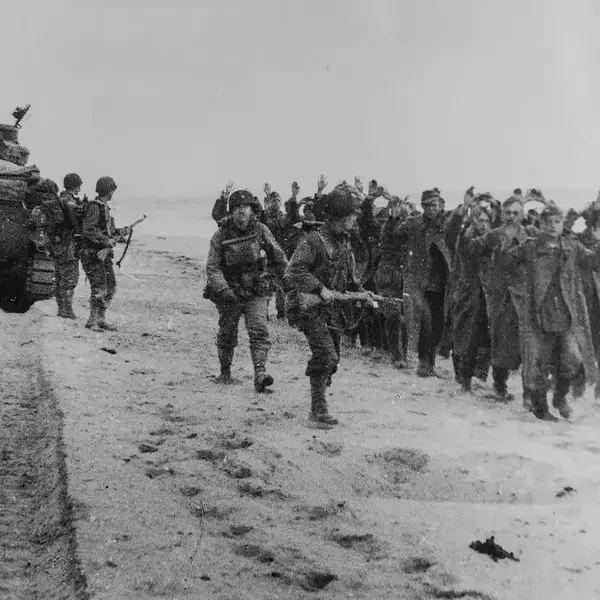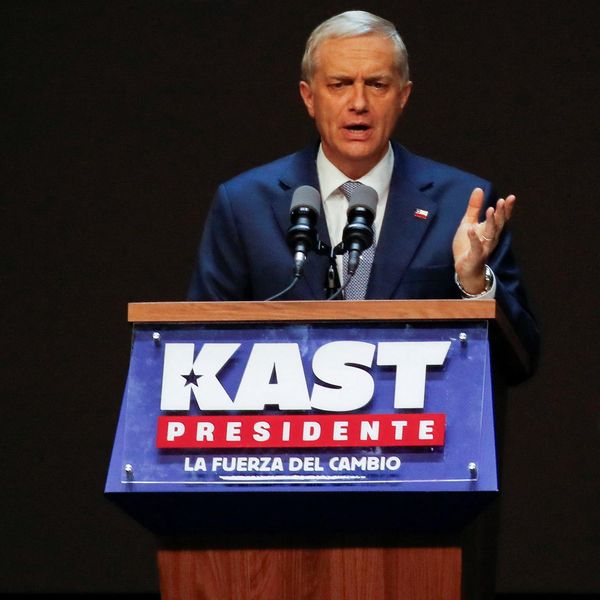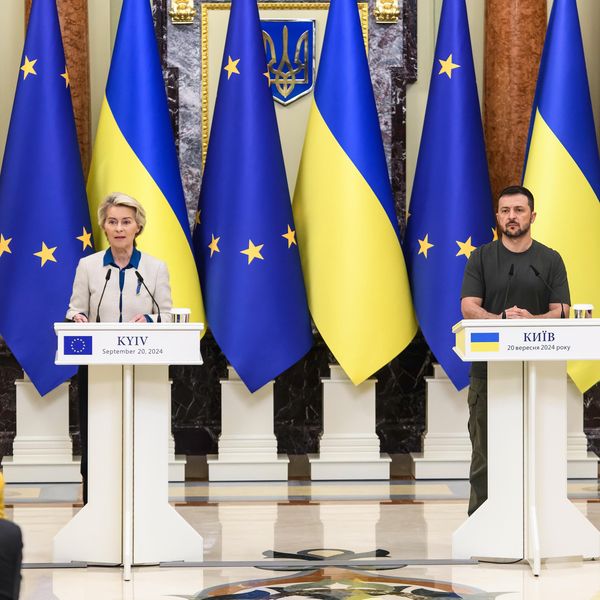President Joe Biden has now stated several times that America is “back at the table” internationally, and will be “leading with diplomacy” in an effort to “earn back our position of trusted leadership.” But our civilian institutions are not ready for the challenge of demilitarizing U.S. foreign policy and engaging in a dramatically different world.
The place of the United States in the global system and the challenges we face barely resemble those of the last 70 years. Power has been rebalancing for more than two decades, stimulated, in part, by failing, endless U.S. military actions in Iraq and Afghanistan. Moreover, the security challenges the United States faces are not susceptible to military force, the dominant tool of American statecraft since the 1950s. From pandemics, climate change, and economic inequality to instability, challenges in democratic governance, and racial tensions, the new agenda focuses on problems that require multilateral answers, rooted in diplomacy and economic action.
Today, our diplomatic toolkit, particularly the State Department, is not ready to put diplomacy first, ahead of military action. And it is not prepared for this broader agenda of challenges. Without major reform in its structures, processes, and personnel, civilian diplomacy and the demilitarization of U.S. foreign policy will fail. This reform agenda has been resisted or avoided by State Department leadership for decades, eroding the institution. It is now urgently needed.
The institutional weaknesses of our civilian agencies have not gone entirely unnoticed, and they have had increasingly effective advocates on Capitol Hill. But the core of their argument for diplomacy is that more money and more diplomats are a sufficient answer to civilian weakness. Sadly, this would be a recipe for failure.
Washington foreign policy has not been “underfunded,” nor has it been starved of personnel. Funding for diplomacy and foreign assistance has more than doubled over the past two decades, while Foreign Service Officers and civil servants at State have increased 50 percent. But the trend toward militarization has persisted, and the effectiveness of our civilian statecraft has not improved.
In a new Quincy Institute report entitled, “Responsible Statecraft Requires Remaking America’s Foreign Relations Tool Kit,” I argue what needs to change for State and the other civilian institutions to become focused, strategic, and effective. Key measures include:
1. The very highest leadership at State —the Secretary and the two Deputy secretaries — need to make structural, process and institutional reforms a top priority, which would be virtually unprecedented in State Department history. The leadership must want State to become more effective. Particular attention needs to be given to empower the Deputy Secretary for Resources and Management to execute a reform agenda.
2. State lacks an institutional capacity to do strategic planning. No current part of State does that effectively, which handicaps the department in interagency conversations with Defense and other agencies, and makes it difficult to defend the details of the foreign policy budgets to the Congress. Moreover, State needs to create the capacity to buy strategic planning advice in the non-profit and private sector, much as DoD does today.
3. The agency urgently needs to create a single office responsible for preparing State and USAID budgets and linking them to strategy. Budget responsibilities are scattered in at least three different offices today; they need to be combined in a single office reporting to the Secretary through the Deputy for Resources and Management.
4. Foggy Bottom needs to engage the White House to draw up a plan to enhance the authority of the Secretary of State over the diaspora of agencies with programs and representation overseas. This diaspora has undermined the focus and integration of overseas U.S. engagement.
5. The Secretary’s statutory authority over all security assistance and security cooperation authorities and programs, including those of the Defense Department, which have grown exponentially since 2000, must be restored. Civilian strategic guidance and oversight will go a long way to curtailing such programs, which serve as the leading edge for a militarized statecraft.
6. State needs to make conflict analysis, prevention, and resolution a core part of its mission. It needs to end the misguided instinct to do nation-building, which has distorted U.S. foreign policy for the last two decades and empowered DoD with missions neither it, nor any other Washington institution, can deliver.
7. Our expectations of what a Foreign Service Officer (FSO) does in his or her career need to be fundamentally changed, to reflect what the nation needs. Reporting, representing, and negotiating remain core skills. But recruitment, training, and career incentives need to change.
8. Recruitment needs to seek people who will bring critical knowledge to the Department, especially on the emerging global agenda: economics, conflict, migration, climate change, health, and technology. Recruitment also needs to target diversity; today’s Foreign Service is no more reflective of the U.S. population than it was 20 years ago.
9. Training at State, through the Foreign Service Institute, needs to go well past culture and languages (both important) and focus on what FSOs will need to know to enhance State’s functions and effectiveness: strategic planning, program planning/execution/evaluation, budgeting, conflict prevention, and congressional relations, as well as the policy issues above. Moreover, such training needs to be part of an entire career, not just provided at the start.
10. The career path for FSOs needs to change fundamentally. Its officers need to be rewarded, as they move up, for assignments across stovepipes at State and USAID, across the other federal agencies involved in national security, and for finding educational opportunities outside the government to enhance their skills and knowledge. Today’s FSOs are penalized for such career moves.
11. The administration should create a process over the next four years to explore the creation of a new, more integrated civilian foreign policy institution, aiming to integrate programs and activities dispersed across the federal government.
If President Biden is truly committed to leading with diplomacy, these are the kinds of reforms that will be needed to empower the civilian institutions responsible for that diplomacy. Some require no more than leadership from the top. Some are a heavy lift and will take time and dedicated attention. None require more money or more people. A reform agenda of this kind could create a more powerful civilian foreign policy tool, able to carry its weight inside the U.S. government, cope effectively with the global realities America faces, and execute a restrained, integrated American statecraft.

